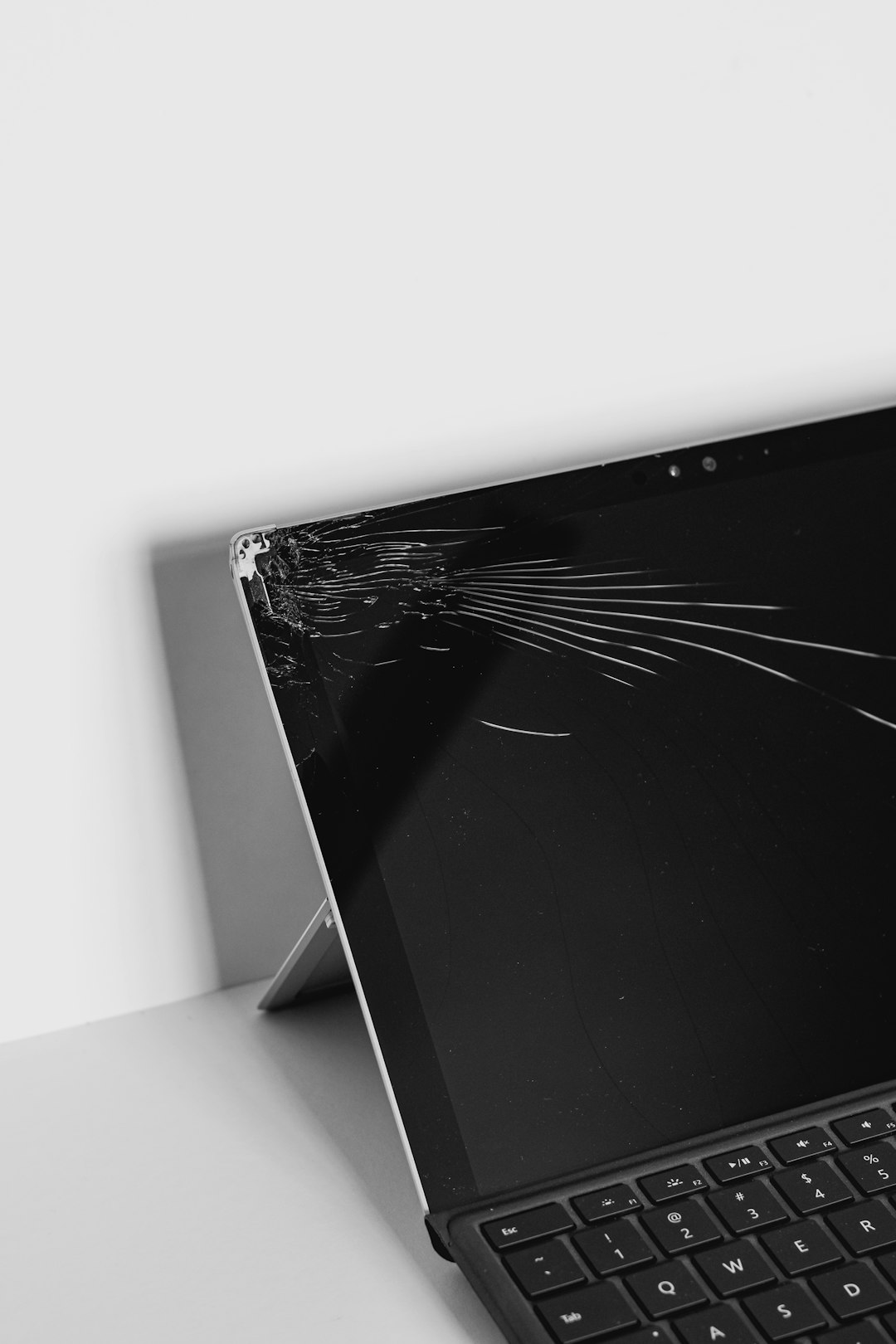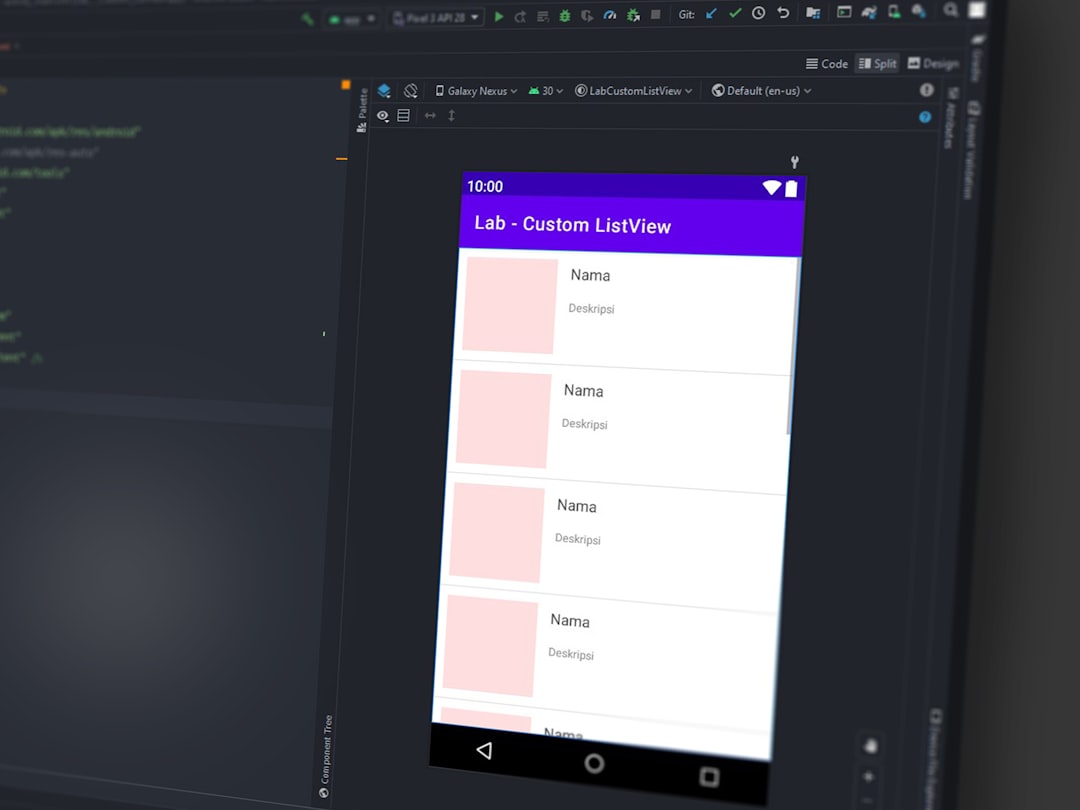Imagine walking into a store and finding locked doors everywhere. Frustrating, right? That’s how users feel when they click on broken links on your website. But guess what—it’s not just visitors who get annoyed. Search engines hate broken links too!
Broken links can quietly hurt your website’s SEO. If you want good rankings, you need to keep your site clean and healthy.
What Are Broken Links?
A broken link is a link that doesn’t work. It leads to a page that doesn’t exist. You’ve probably seen one before—it ends with a sad error message:
- 404 Page Not Found
- Server Not Available
- Bad Gateway
These links could point to another site, or even to your own pages that were deleted or moved.
Why Do Broken Links Happen?
Broken links are sneaky. They show up for a bunch of reasons:
- You deleted a page but forgot to remove the link.
- Another website you linked to is now gone.
- You typed the URL wrong—oops!
And once they’re there, they just sit, breaking trust and lowering your SEO score.
How Broken Links Hurt SEO
Let’s break it down. Search engines like Google use bots to crawl your site. If these crawlers keep bumping into broken links, they get confused. And when crawlers are confused, they don’t rank you high.
Here’s how broken links mess up your SEO game:
- Lower Page Authority: Each broken link drops your site’s perceived quality.
- Wasted Crawl Budget: Google only crawls a certain number of pages. Don’t make it waste time on broken ones.
- Poor User Experience: Users leave. Google notices.
- Less Trust: Broken links make your website look outdated or unprofessional.

What About Internal vs External Links?
Internal broken links are within your own site. These are super important to fix. They mess with site structure and navigation.
External broken links are from your site to others. If you link to a source that no longer exists, it can hurt your credibility.
Both types are bad. Clean them up!
How to Find Broken Links
Don’t worry—you don’t have to click every link yourself. Use tools! There are lots of free and paid options to help you track broken links:
- Google Search Console – It’s free and straight from Google.
- Screaming Frog – Amazing for scanning your whole site.
- Broken Link Checker plugins – If you use WordPress, they’re gold.

How to Fix Broken Links
Once you find ’em, fix ’em! Here’s how:
- Update the Link: Replace it with the correct one.
- Redirect: Set up 301 redirects if the page moved.
- Remove the Link: If it’s not needed anymore, just get rid of it.
Pro Tip: Check your links regularly. Things change faster than you think on the web!
A Healthy Site = Happy Search Engines
Think of your website like a garden. Broken links are weeds. If you don’t deal with them, things get messy. But if you trim, clean, and care for your site, it’ll grow in search rankings.
Fixing broken links is simple SEO hygiene. And it makes a big difference.
So go ahead—start hunting down those pesky broken links. Your users and search engines will thank you!











